

Bethan Girdler-Maslen
Many people never think to clean their best mattress, mostly because they don't realise it's necessary. Well, there's no nice way to put this, but the place where we spend around a third of our lives is a huge magnet for dead skin cells, sweat, bodily oils, dust and dust mites.
If you don’t have pets and you never eat or drink in bed, you might think your mattress will naturally stay clean. However, consider that the average adult loses 285ml of fluid each night and around 454g of dead skin per year, not to mention that the average bed contains 10,000 dust mites, you'll soon realise the scale of the problem.
If it goes unchecked, such an environment can lead to the spread of infections such as staphylococcus, enterococcus, norovirus and even MRSA. Therefore, knowing how to clean a mattress is vital for your health and wellbeing.
How to clean your mattress
Step 1: Strip the bed
The first step is to strip the mattress of all bedding and put sheets, blankets, duvet covers, pillowcases and mattress toppers in the washing machine for a hot wash. Regardless of whether you're cleaning your mattress, this is vital for getting rid of dust mites, and should generally be done every one to two weeks for sheets, and every two months for mattress toppers.
Step 2: Vacuum the mattress
Make sure the upholstery attachment on your handheld vacuum cleaner is clean, and use it to vacuum the top, bottom and sides of the mattress thoroughly. Pay special attention to the seams and other crevices, which can be significant hiding places for dirt. You should also vacuum as much of the base as possible, particularly if it’s a divan, as well as underneath.
Sign up to the T3 newsletter for smarter living straight to your inbox
Get all the latest news, reviews, deals and buying guides on gorgeous tech, home and active products from the T3 experts
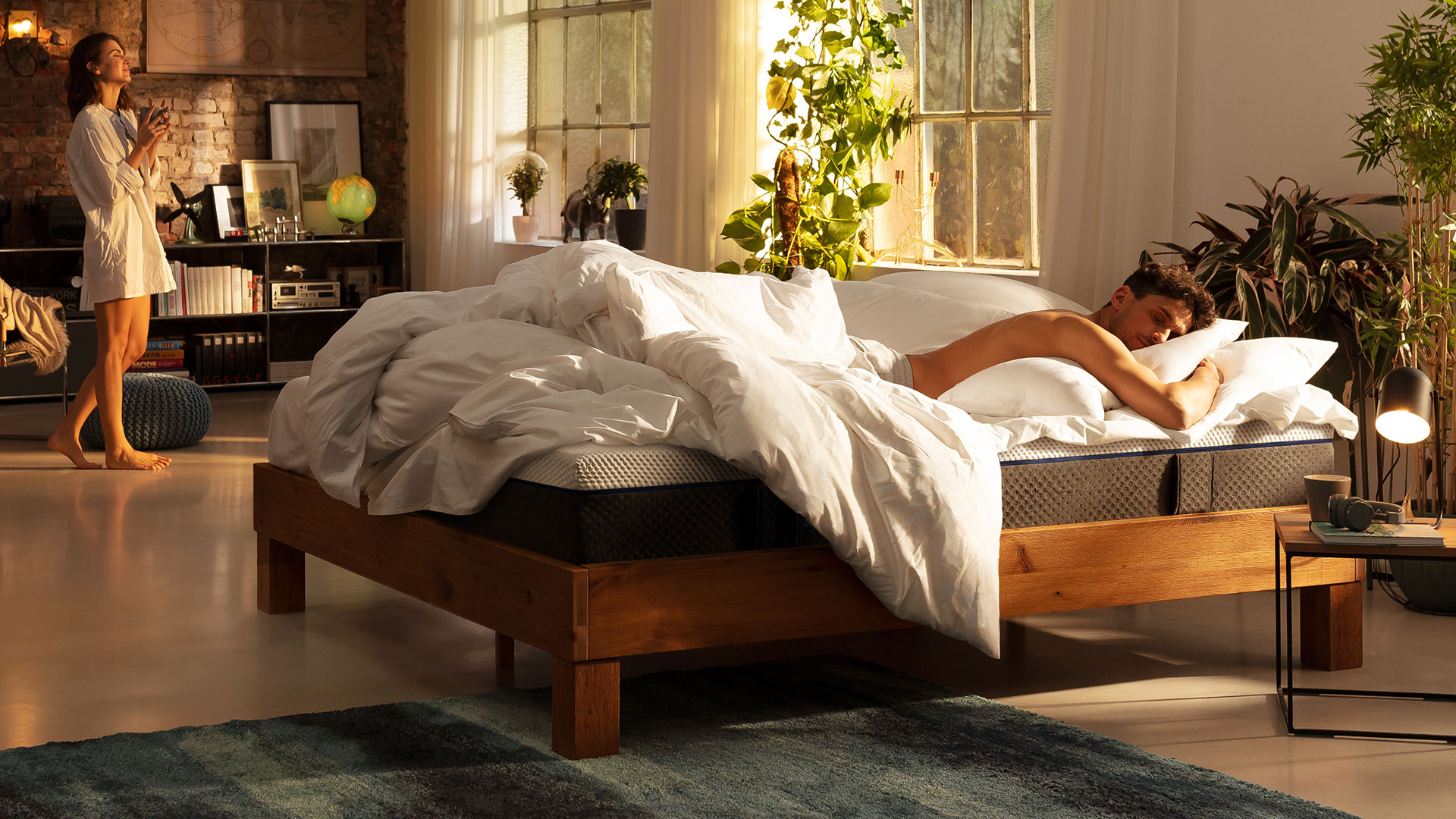
Step 3: Remove stains
If your mattress is stained, the temptation is to get to work with a wet sponge. However, experts agree that you should never soak your mattress or pour water onto it, as it can damage the mattress and create an environment for infestation. Instead, you need to buy an appropriate stain cleaner (for blood, sweat, vomit and urine), spray on the affected area, then follow the instructions.
There are many tried-and-tested DIY solutions to expensive stain removers, such as a 50/50 mix of hydrogen peroxide and cold water to remove urine stains. Again though, do be sure to spray rather than soak or pour the solution onto the affected area.
Step 4: Sprinkle with baking soda, and air the mattress
Next, sprinkle your mattress with baking soda. This is an easy and natural way to deodorise your mattress, and will also help soak up any excess moisture. After that, air your mattress for several hours. Open all the windows in the room and if possible, position the mattress so that the sun’s rays directly shine on it. This will help kill any mould or bacteria.
Finally, vacuum up all the baking soda, and then replace the bedding. The longer you can leave the baking soda, the better, so a great time to clean your mattress is before you going on an overnight trip.
How often should you clean your mattress?
If you want your mattress to be a hygienic place that’s suitable to sleep in, you must clean it every three to six months. This will also help the mattress last longer, and if you’re suffering from allergies, you should do so as soon as possible.
In this article, we’ll outline how to clean a mattress in four easy steps. However, if all this has you thinking that maybe it's time to time to replace your mattress, check out our roundups of the best mattresses and the best cheap mattress deals to get you started.
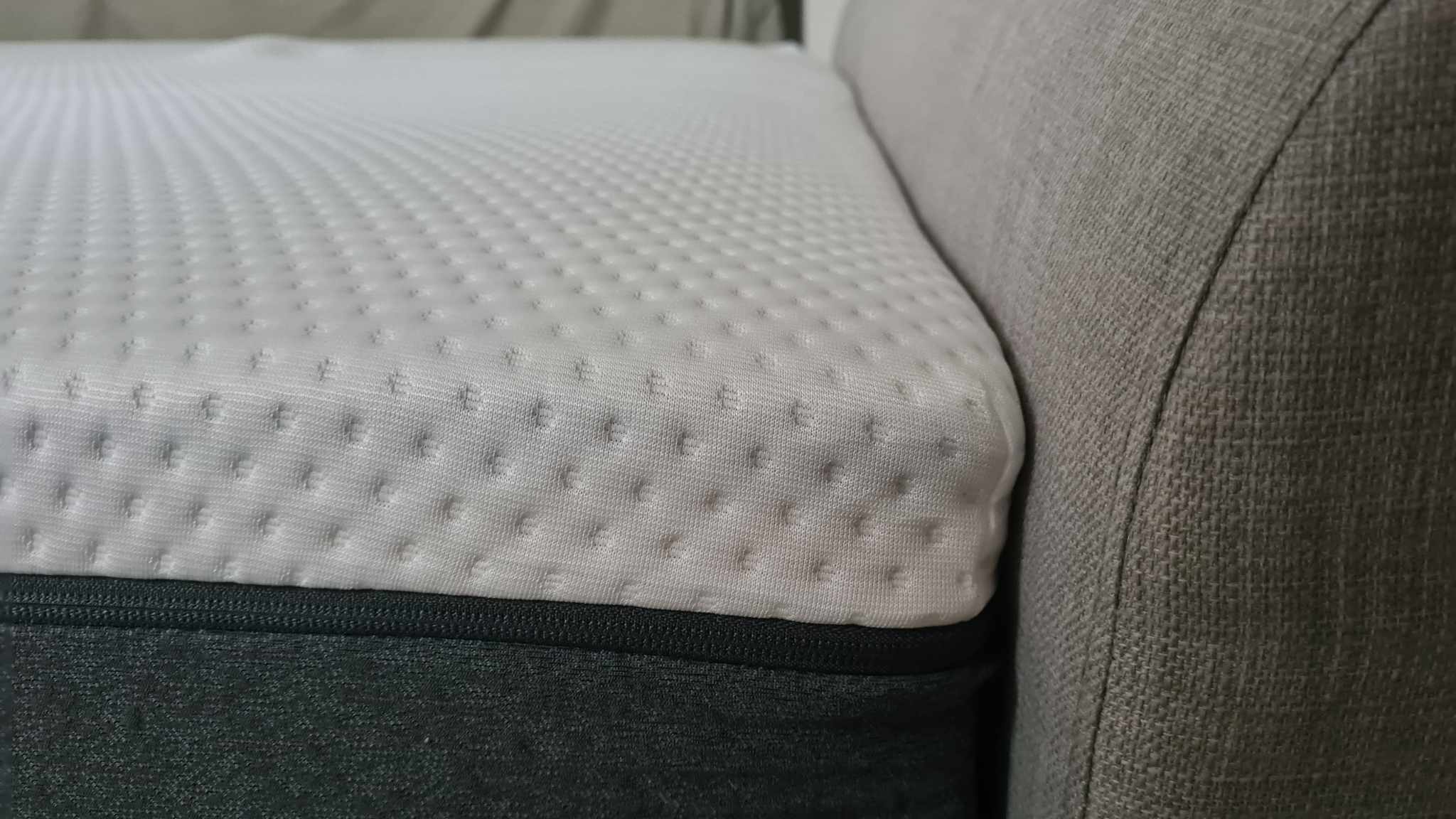
How to keep your mattress clean long-term
Once your mattress has been cleaned, there are a number of things you can do to keep it that way. First, wash your bedding every one to two weeks on a hot wash. Secondly, use fitted sheets to enclose and protect the mattress. Thirdly, consider buying a mattress topper to add an extra layer of protection between the sheets and the mattress.
Should you steam clean your mattress?
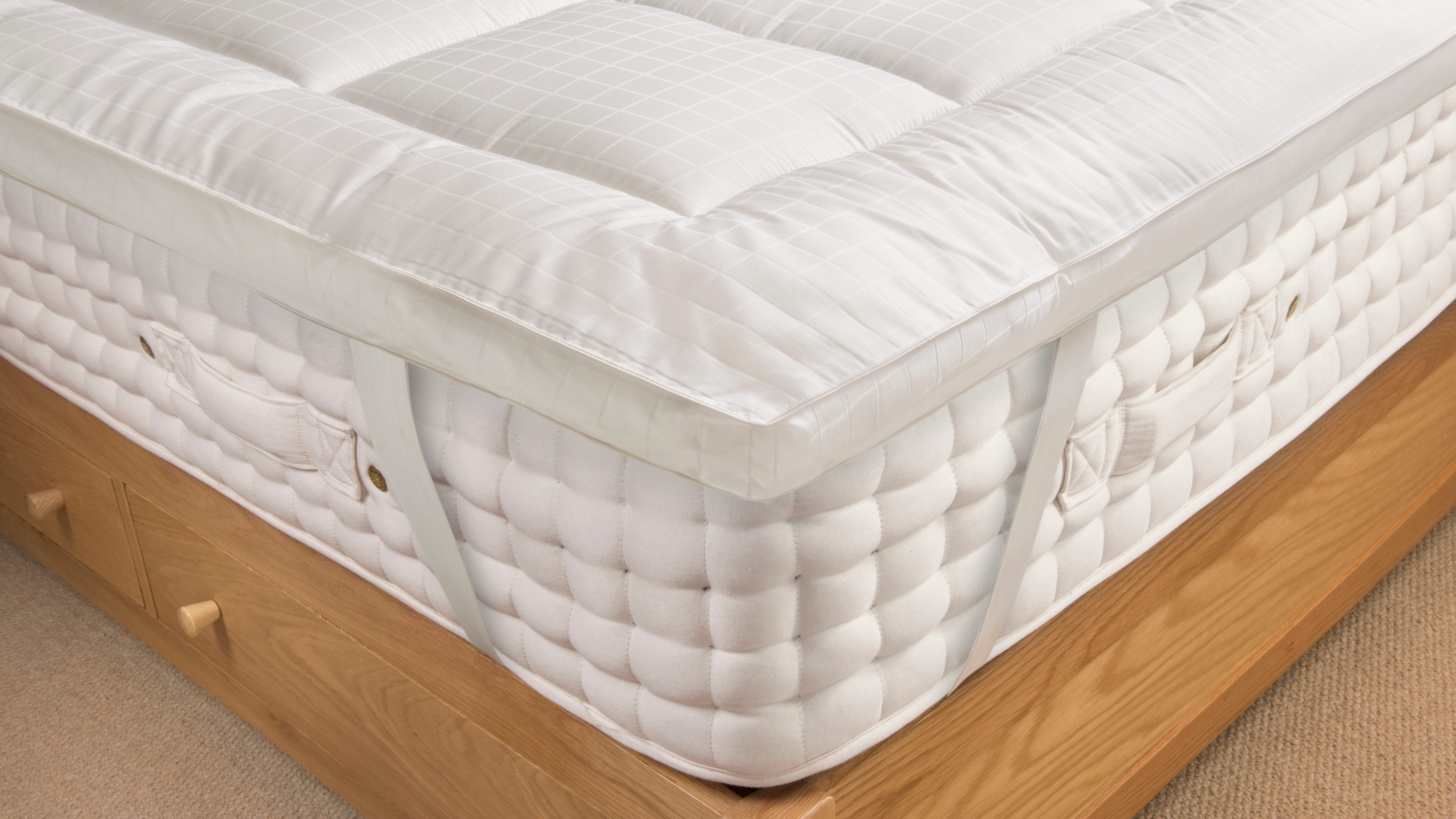
A topper such as this one from Soak and Sleep can help protect your mattress
Should you steam clean your mattress? Opinion is divided on this issue. Some claim it’s the best way to attack infestations beneath the top layer of the mattress. Others argue that any moisture introduced to a mattress will only encourage infestation.
We’re not going to take a side in this controversy, but we’d only note that if you do use a steamer or steam iron on your mattress, you should be especially thorough in airing and drying it afterwards.
Should you rotate and flip your mattress?
To keep your mattress in the best condition, it’s normally recommended that you rotate horizontally at least once every three months. This means moving the end of the mattress you’re currently placing your head on to the foot of the bed, and vice-versa.
Should you flip your mattress vertically? That depends on the type of mattress. Single-sided mattresses (as the name suggests) should not be flipped, while double-sided mattresses should be flipped at the same time as they’re rotated. If you’re not sure which it is, take a look at the mattress label, or the instruction booklet it came with.
For more details on this, see how often you should flip your mattress.
Tom May is a freelance writer and author of the book, Great Ted Talks: Creativity. He has been editor of Professional Photography magazine, associate editor at Creative Bloq, and deputy editor at net magazine. He has also worked for a wide range of mainstream titles including Radio Times, NME, Heat, Company and Bella.
- Bethan Girdler-MaslenHome Editor
-
 Leaked AirPods prototype looks like Nothing... literally
Leaked AirPods prototype looks like Nothing... literallyAnd we are here for them
By Britta O'Boyle Published
-
 OnePlus Watch 3 lands in the UK with a flurry of freebies and a huge discount
OnePlus Watch 3 lands in the UK with a flurry of freebies and a huge discountThe new titanium-clad smartwatch brings 120-hour battery life, ECG health checks, and some serious launch offers
By Matt Kollat Published
-
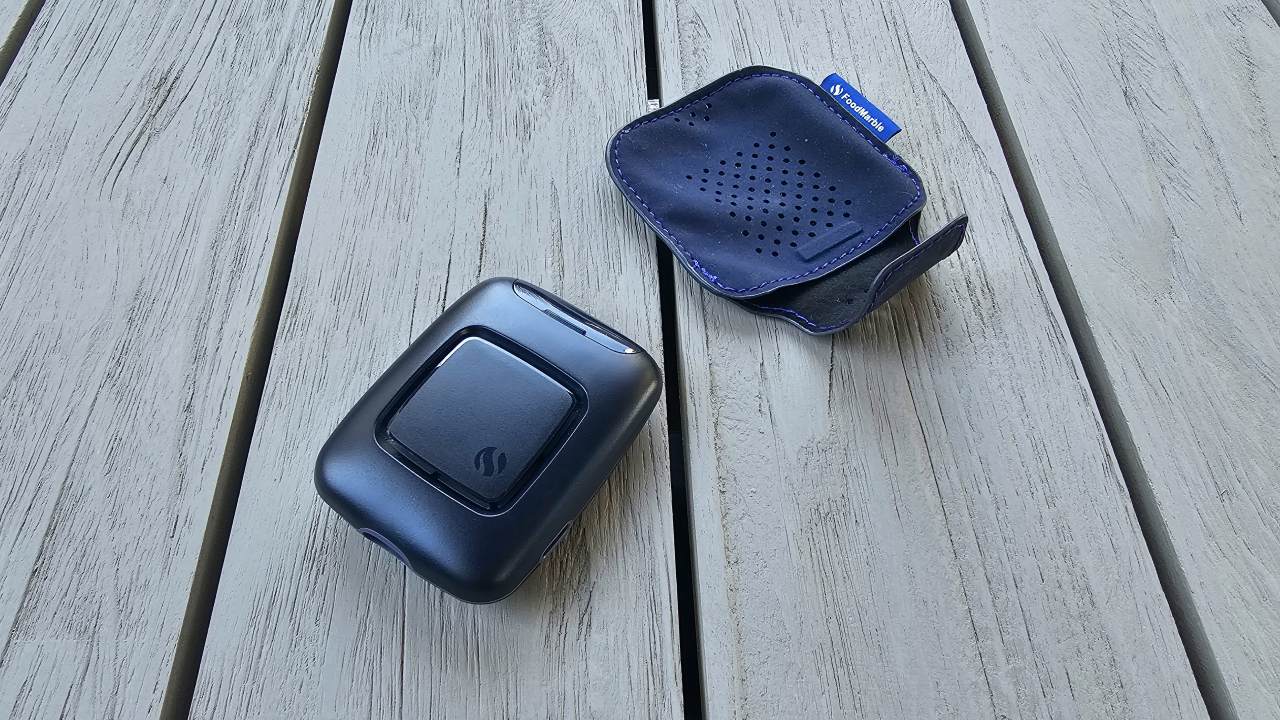 I spent 6 weeks with the FoodMarble Aire 2: here’s what I learned about my gut health
I spent 6 weeks with the FoodMarble Aire 2: here’s what I learned about my gut healthI’ve been testing the clever breath-testing gadget with the companion app over several weeks to find out if it delivers on its promises
By Lee Bell Published
-
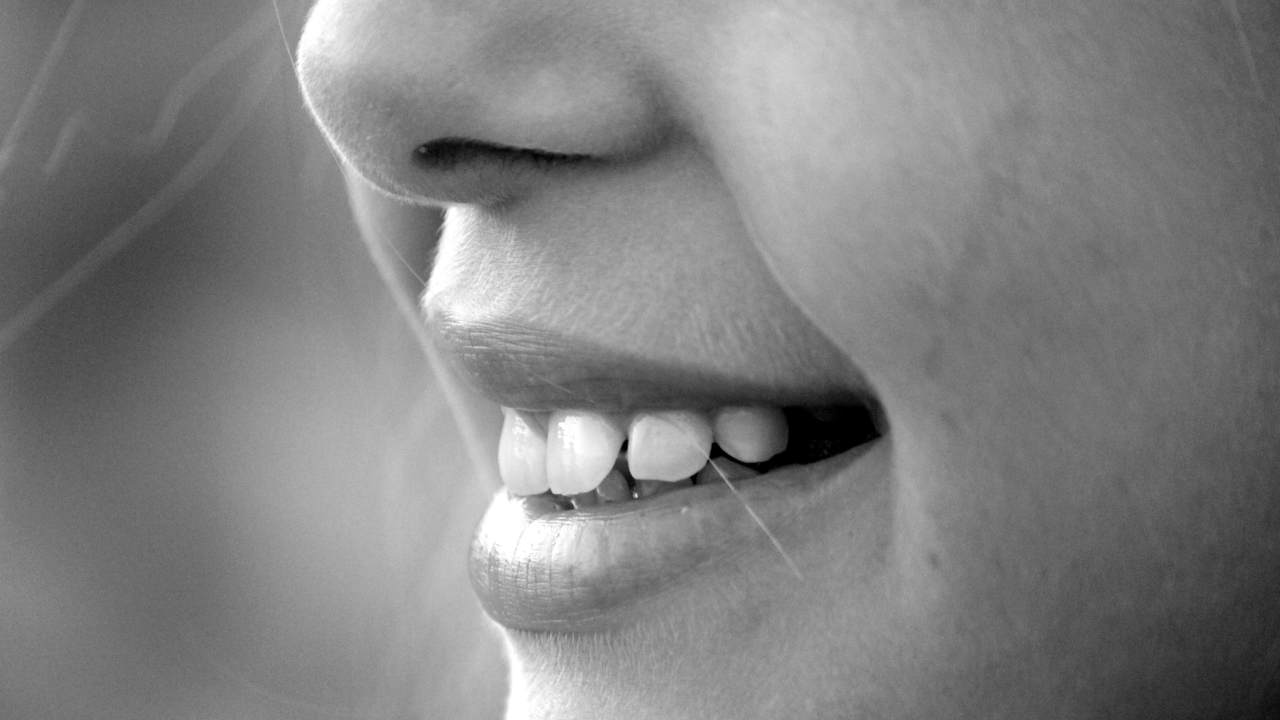 Oil pulling is going viral on TikTok for stopping morning breath – but does it actually work?
Oil pulling is going viral on TikTok for stopping morning breath – but does it actually work?4 hacks that prevent morning breath, according to a sleep expert
By Bethan Girdler-Maslen Published
-
 These limited edition McLaren x Loop earplugs are what you need for Formula 1 season
These limited edition McLaren x Loop earplugs are what you need for Formula 1 seasonMcLaren teams up with Loop on limited edition noise-reducing earplugs
By Bethan Girdler-Maslen Published
-
 5 sleep supplements that help me achieve 8+ hours of rest every night
5 sleep supplements that help me achieve 8+ hours of rest every nightIt took me years to perfect my sleep routine – here are the supplements that helped
By Lizzie Wilmot Published
-
 3 reasons why you wake up at 3am every night – and how to avoid it
3 reasons why you wake up at 3am every night – and how to avoid itAlways waking up in the middle of the night? This could be why…
By Bethan Girdler-Maslen Published
-
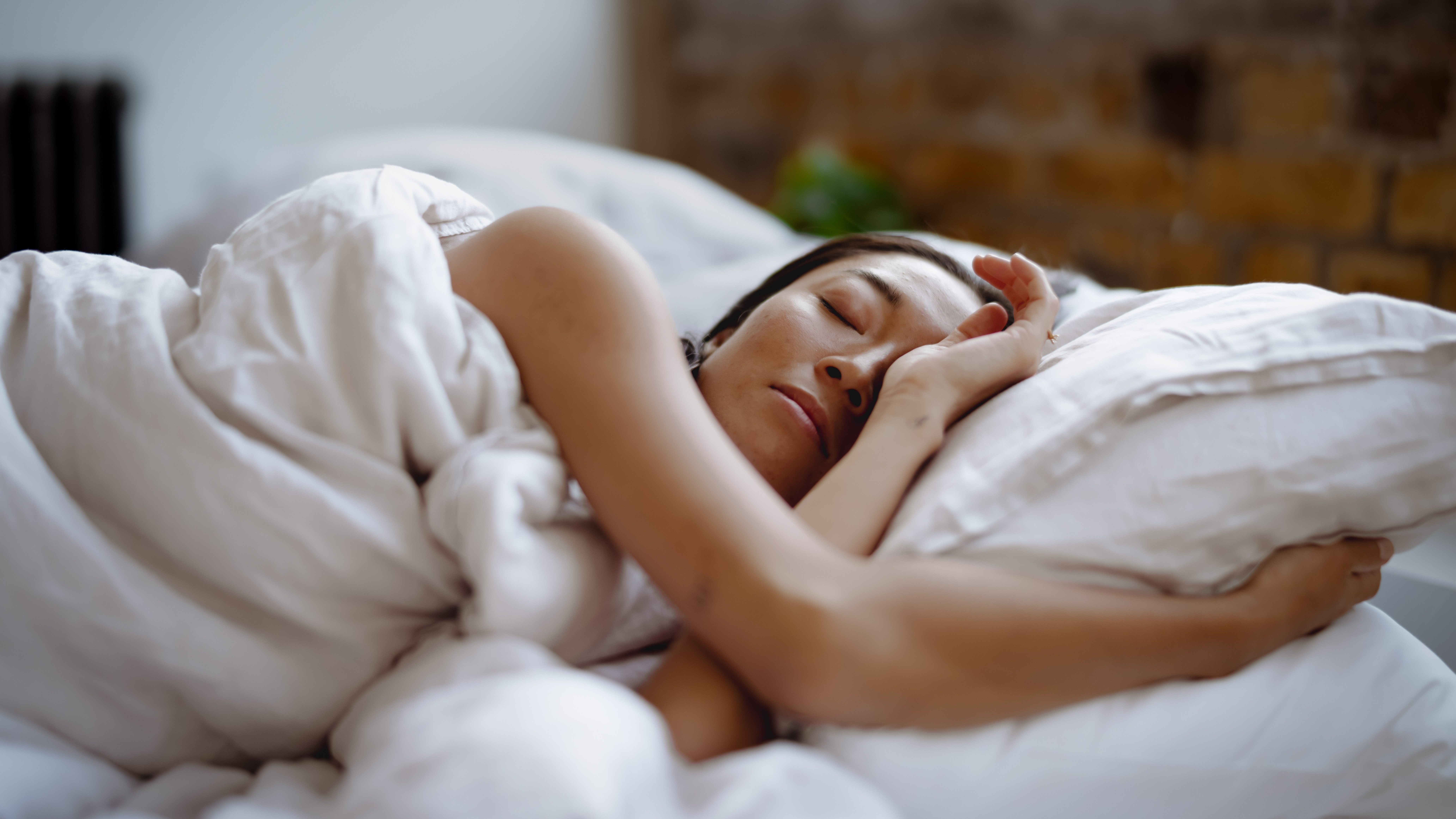 This tiny device will automatically disable your distracting apps before you sleep
This tiny device will automatically disable your distracting apps before you sleepSay hello to Kip...
By Lizzie Wilmot Last updated
-
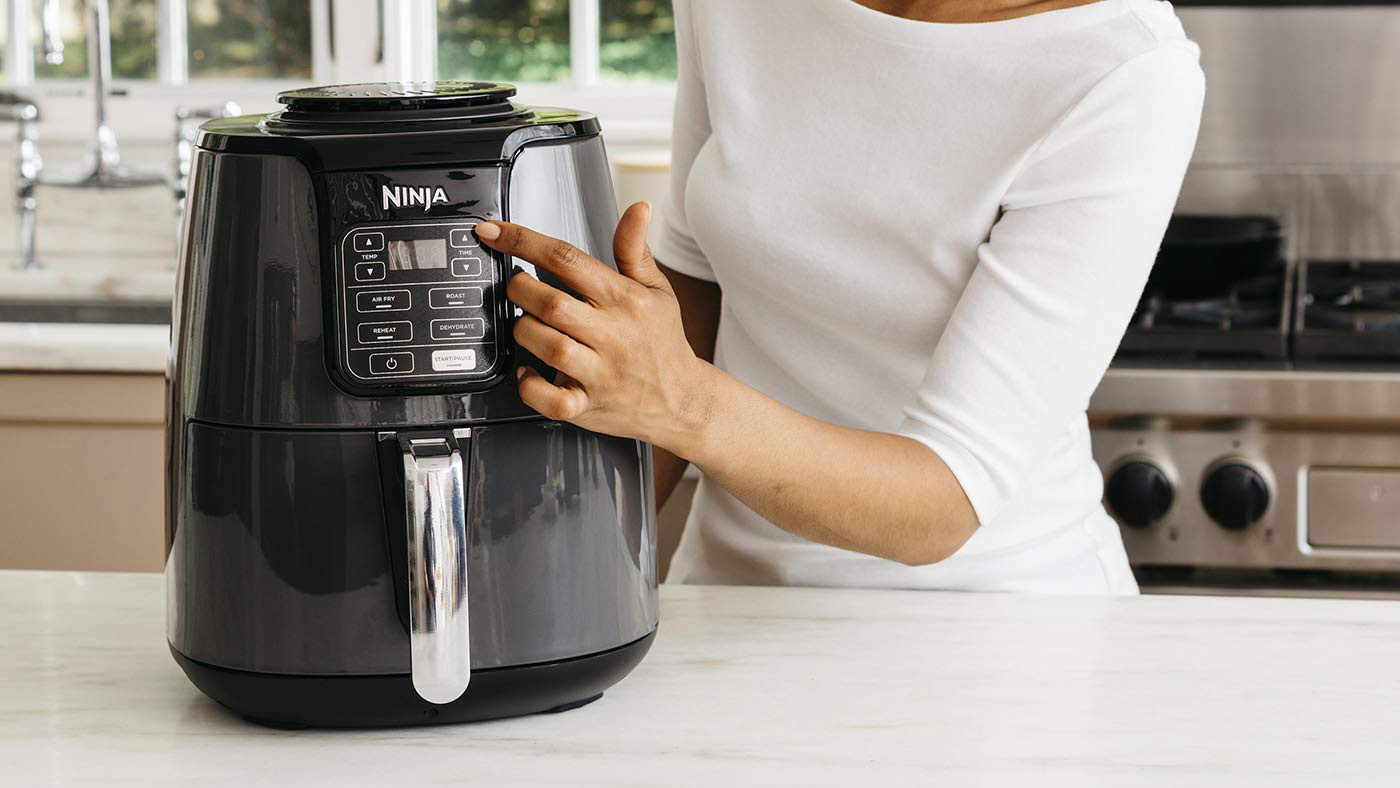 Expert reveals how often you should really clean your air fryer – and what happens in you don't
Expert reveals how often you should really clean your air fryer – and what happens in you don'tHave you been neglecting yours?
By Lizzie Wilmot Published
-
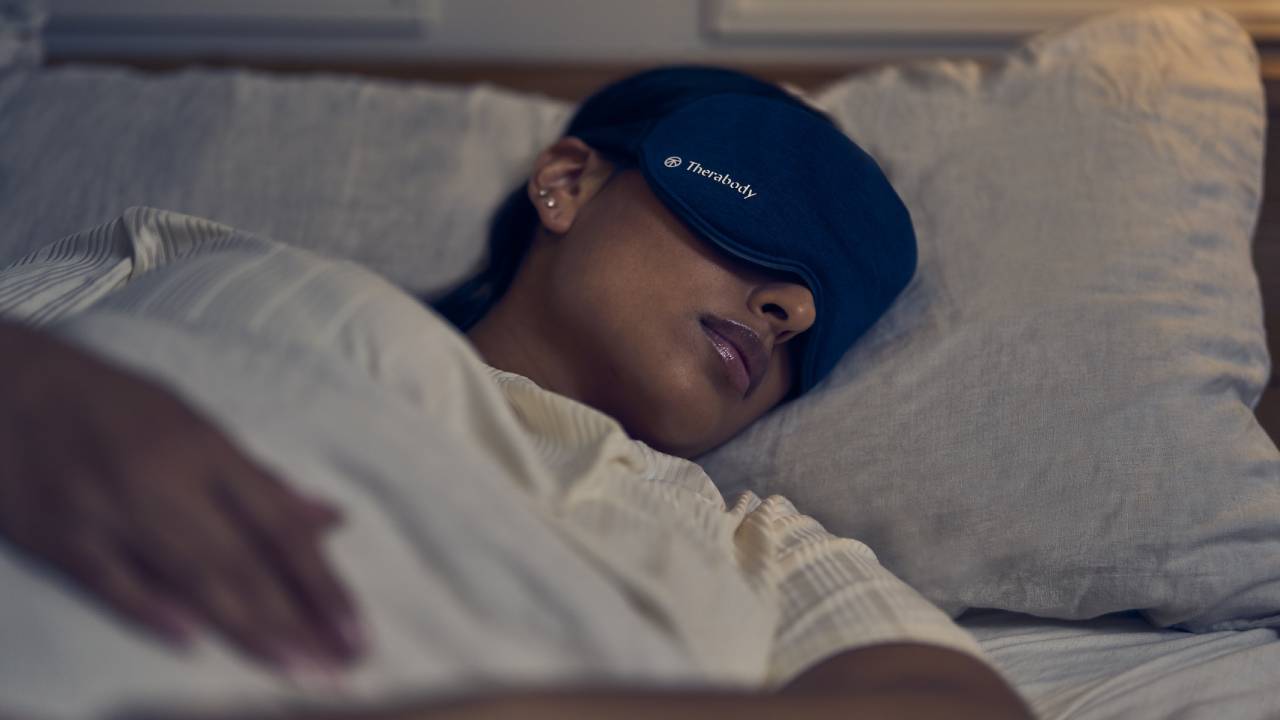 Therabody experts give 7 tips for perfecting your sleep routine for World Sleep Day
Therabody experts give 7 tips for perfecting your sleep routine for World Sleep DayFrom breathing exercises to sleep masks, here’s how to prioritise sleep, according to experts
By Bethan Girdler-Maslen Published